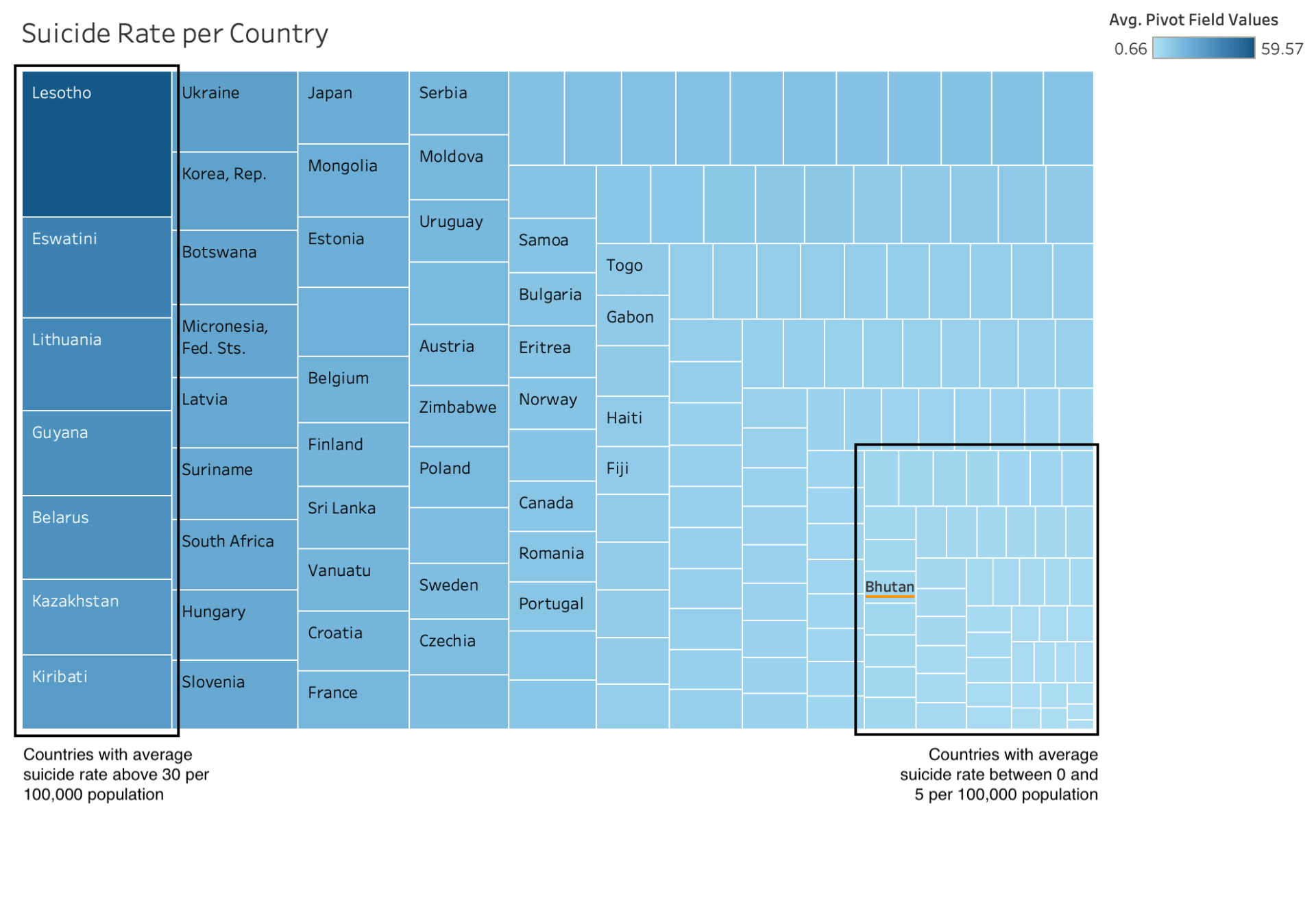
by zct01 | Nov 21, 2025 | Uncategorized
A Morning in Akkar
Somewhere in the hills of Akkar, a mother wakes before dawn. Her son is burning with fever, his tiny chest rising in short, frightened breaths.
She wraps him in a blanket, steps outside and faces the same impossible truth every family in her town lives with:
There is no clinic here.
No doctor.
No nearby care.
The closest medical help is more than an hour away—if roads are clear, if transportation can be found, if nothing goes wrong. For her, and for nearly half of Lebanon’s towns, simple illnesses can become life-threatening journeys. It is not just a healthcare issue, It is a daily, silent tragedy that shapes entire lives.
What the Data Shows but the Country Ignores
The visuals map this tragedy with painful clarity.
In the bar chart:
-
49.74% of Lebanese towns have no local resources nor nearby healthcare.
-
17.08% have no local facilities but can sometimes reach distant care.
Only 33.19% enjoy the basic dignity of accessible treatment.
The map shows Lebanon carved into colors that reveal the geography of abandonment.
-
Akkar, North Lebanon, Baalbek-Hermel, and Bekaa glow in urgent shades of red.
-
Beirut and Mount Lebanon rest confidently in green.
-
Though South Lebanon contains the highest danger percentage, it is covered with governorates that contain abundant amount of medical facilities and resources.
The visuals prove what families in rural regions already know: healthcare access in Lebanon is not just unequal—it is deeply, structurally unfair.
The danger zones are not random, they follow the borders of poverty, neglect, and distance.
A Country at a Crossroads
Yet Lebanon is not without hope. Around the world—and even within its own borders—innovative models show that remote and underserved communities can receive consistent care. The country stands at a crossroads where solutions are known, feasible, and within reach.
Lebanon can choose a future where no mother must gamble with her child’s life because of distance.
That future begins with a hybrid healthcare access model designed for real Lebanese terrain, real Lebanese families, and real Lebanese limitations.
Building the Path Forward
The path unfolds in two phases—immediate relief and lasting transformation.
Immediate Relief
-
Mobile clinics traveling weekly into remote towns.
-
Telehealth services connecting residents with doctors online.
-
Community health workers offering first aid, monitoring chronic diseases, and stabilizing emergencies.
These solutions bring healthcare to the people, rather than asking the people to chase it.
Long-Term Transformation
-
Expanding rural Primary Healthcare Centers (PHCs) in governorates painted red in the danger map.
-
Incentivizing private and nonprofit partnerships to open satellite clinics.
-
Improving transportation links so that even without a local clinic, emergency care is reachable.
This approach does not just fill gaps, it builds a system where every town becomes medically reachable, no matter how far, no matter how rural.
Why This Will Work
Proof already exists.
Organizations like MSF, the Lebanese Red Cross, and multiple NGOs have successfully delivered mobile and remote care across Lebanon’s hardest-to-reach regions. Telehealth has grown worldwide, saving millions in rural communities and the data that drives these charts, maps, and analyses pinpoint exactly where interventions must be prioritized.
The strategy aligns with Lebanon’s national health vision and mirrors international best practices in countries with similar geography and instability.
It is not theory.
It is tested, validated, and realistic.
Beyond the Diagnosis
The visuals do not simply highlight shortages, they illuminate where change must begin.
The Truth
-
Lebanon’s healthcare inequality is regional and predictable, not accidental.
-
Rural northern and eastern regions are in critical danger, lacking both local and nearby care.
-
Nearly half of Lebanese towns face severe accessibility barriers.
The Solution
-
Deploy mobile and telehealth clinics immediately to stabilize high-danger governorates.
-
Invest in long-term PHC expansion to ensure durable access.
-
Integrate transportation and healthcare planning, recognizing that distance is often deadlier than disease.
-
Maintain data-driven monitoring to continuously reallocate resources to evolving needs.
If Lebanon acts now and not later, the red zones can fade. Families can breathe easier. Lives can be saved.
A Different Dawn
One day, perhaps, a child in Akkar will still wake before dawn—but instead of gasping for breath, he will leap from bed to greet a new school day. His mother will no longer fear the distance to care.
Because care will finally be within reach. Because the map will no longer define who survives and who struggles. Because Lebanon will have remembered its forgotten towns.
That is the story the data tells. That is the story this country can still rewrite.
“We are alive the most when we are faced with adversity like no other.”

by lab38 | Nov 27, 2023 | Visualization
Imagine a journey through time, from 2012 to 2021, where Primary Education Expenditure in the MENA region is on a decreasing trend from 4% to 3%. It’s a concerning trend that threatens the very foundation of education for our children.
The Problem
The problem is crystal clear. When you cut down on education spending, you’re essentially trimming the wings of future generations. The numbers don’t lie. The shrinking budget for primary education means dilapidated schools, underpaid teachers, and a lack of essential learning materials.
The Bright Path Forward
The road to recovery starts with one word: Investment.
- Pouring more funds into primary education.
- Making the most of available resources.
- Shouting from the rooftops about why this matters.
- Rewarding those who make it happen.
How do we know our solution works?
Numbers don’t lie, but they can also tell a tale of triumph. And “Cote D’ivoire” is a great example. When increasing the educational expenditure, the percentage of children school drop outs decreased from 31% in 2013 to 3.1% in 2021.
Recommendation
The results speak for themselves. More investment equals better education. Keep the funds flowing, optimize, and let’s champion education together.
When we invest in primary education, we invest in brighter futures. It’s high time MENA governments heed the call and secure quality education for all.

by ars23 | Nov 20, 2023 | Uncategorized
What is your value?
Although you would like to say you cannot be measured by a number, you are! Studies implemented to assess projects and decide whether to implement them or not reduce you to a number, just like they judge the value of a building.
The world is heading in a clear direction: focus on development! Although, it seems like a great thing, easing our lives, take a minute to explore its impact:
We can notice how the more developed countries have, in general, higher suicide rates each year, especially more recently. To demonstrate this further, we take a look at the following visualization comparing average suicide mortality rate (per 100,000 population) per given years across the main regions we are considering:
What is the point?
The point is that we should put more emphasis on our well-being and our connection with the world instead of only focusing on materialistic development. Whenever we take action on something, we must evaluate the impact, and in the case of development, the signs are not good.
However, it is not too late to make a change. Bhutan, the happiest country in the world, prioritizes the mental well-being of its citizens. It is the only country that uses the gross national happiness indicator (GNH) just like other countries focus on the gross national income.
The following visualization shows the average suicide rate per country instead of region:

Notice how Bhutan falls in the range of countries that average from 0 to 5 suicide per 100,000 population compared to other countries that average more than 30 in the range of given years (2000-2019).
We recommend people to prioritize their well-being and mental health, but most importantly, governments to realize that economic and materialistic development is not yielding that wanted outcome. To prioritize humanity, governments ought to start taking GNH into consideration with every decision they are making.
Let us choose humanity!

by hfc03 | Nov 20, 2023 | Visualization
The Initial Divide (1994):
In 1994, Tunisia’s electrification landscape presented a striking contrast. Urban areas were almost entirely electrified at 99.87%, but rural regions lagged significantly with only 66.29% access. This gap underscored a larger issue of inequality in access to basic utilities.
The Transformation Journey:
A visual representation, through a two-line chart, illustrates this journey vividly. As the years progressed, a noticeable shift occurred. The lines representing rural and urban electricity access started converging. This wasn’t just infrastructural progress; it was a story of reducing disparity and fostering inclusivity.
Achieving Parity (2016 Onwards):
By 2016, an impressive feat was achieved: both rural and urban areas reached a 100% electrification rate. This landmark achievement was the culmination of a series of strategic initiatives, reflecting Tunisia’s steadfast commitment to equitable development.
Behind the Success:
The road to this success was paved with innovative strategies and strong political will. Implementing technologies like photovoltaic cells in remote areas exemplified the innovative approach to overcoming geographical and logistical challenges.
Conclusion – A Model for the Future:
Tunisia’s electrification story is not just about lighting up homes; it’s about empowering communities, ensuring equitable access to essential services, and setting a precedent for other nations facing similar challenges. It’s a narrative that demonstrates how vision, commitment, and innovation can transform a nation.
Let’s keep this conversation going! What are your thoughts on such transformative initiatives?

by nmm51 | Nov 20, 2023 | Uncategorized
In the challenging landscape of global unemployment, the story of Youmna, a 30-year-old Egyptian woman, stands as a poignant example. A decade of dedication to her organization abruptly ended due to the pandemic, plunging her into a three-year job search. This narrative, compounded by a lack of early educational opportunities, resonates as a common experience in the Arab world.
At its core, Youmna’s story grapples with unemployment, a conflict explored through its definition and the consequences it imposes on individuals, societies, and economies. Her personal struggles, marked by stress-related health issues, mirror the toll exacted on individuals. Societal repercussions manifest in limited opportunities, substandard living conditions, and underfunded institutions.
Global unemployment rates expose a stark reality, with the Arab region leading at 11.26%, underscoring the urgency of addressing the issue. The intricate relationship between education and unemployment becomes apparent, with studies confirming that higher education levels correlate with lower unemployment risks. A comparative graph illustrates Brazil’s struggle with basic and intermediate education versus Japan’s success with advanced education.
A potential solution emerges: investing more in education to elevate citizens’ skills and foster innovation. Aligned with Sustainable Development Goal 4, advocating for quality education becomes imperative. The graph depicting average education expenditure across countries emphasizes that nations with lower unemployment rates allocate more resources to education. The recommendation is clear: countries should prioritize and increase spending on their education systems, creating a pathway to innovation, economic growth, and enhanced employment opportunities.
Youmna’s narrative encapsulates the broader struggle against unemployment. The call to action is unmistakable: invest in education to reshape the narrative, empower individuals, and build resilient, thriving communities. In the transformative power of education lies the resolution to Youmna’s journey, a beacon of hope in the face of adversity.





